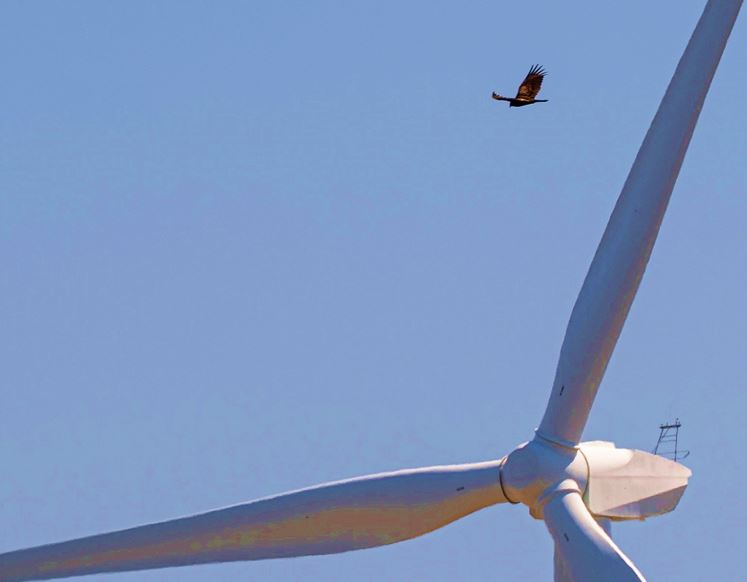Meet The Expert On Turbine Eagle Deaths The Wind Energy Industry Turned On
Ecologist Shawn Smallwood has made secretive trips to Wyoming to collect data and provide to law enforcement information on eagles and other birds cut down by turbines. He said the wind industry turned on him because he’s “not a team player.”
Pat Maio
Cowboy State Daily
Back in the late 1990s, ecologist Shawn Smallwood didn’t think much about connecting avian and bat deaths with the whooshing blades of wind turbines.
It was a concept foreign to him.
But then a long-distance jogging partner he worked with at the University of California-Davis asked him to tag along in a “fatality search” with dogs to sniff out dead bird and bat carcasses caused by the thousands of turbines that dot the picturesque Altamont Pass, a low-lying mountainous region located about an hour’s drive east of San Francisco.
“It was a game-changer for me,” said Smallwood, who said his “mapping skills” of predatory birds launched his career, including secretive trips in coming years to Wyoming to provide “technical data” needed in litigation against the wind industry.
Besides the Altamont Pass and California, Wyoming is considered the other major destination of eagles where their carcasses have been found on a regular basis at the base of wind turbine towers in the United States, Smallwood said.
The first eagle carcass Smallwood found was in a ravine in the Altamont Pass on his initial trip in 1999. That eagle was electrocuted by a power pole that connected with a field of turbines.
“The feathers were burned and frizzled on the ends,” he said. “Eagles are big birds, and I thought, ‘What a waste.’”
‘I’m Not A Team Player’
Smallwood, who had earned a doctorate in ecology from UC Davis, went on to do what academicians who have doctorate degrees do in specialty fields.
He wrote nearly 900 professional reports on ornithology and wind turbines, peer-reviewed 100 journal articles for publication and has been hired by the wind industry to come up with better ways to reduce kills of eagles, predatory birds and bats.
In time, however, the industry began turning on him when he stood his ground on contrarian points of view. Some even labeled him as a fraud who fabricated data.
Cheyenne-based Western EcoSystems Technology Inc. (WEST), a wind energy consultancy, even approached him once with a job offer — but backed off.
“I’m not a team player,” he said of himself when WEST asked him if he could go along with their team approach.
No Single Fix
Smallwood maintains that he’s learned a few things over the past few decades.
For instance, painting a single turbine blade black or adding stripes does nothing to improve the perception of eagles or other predators, and thereby cut down on their deaths.
They still get whacked as they sometimes circle and soar into the blades — especially at night, he said.


